Since the Government announced its plans to cancel the Northern Leg of HS2 last October, it has become clear that, as an industry, we must come together to re-examine the path forward for the future of high speed rail (HSR) in the UK. As the newly appointed Chair of the High Speed Rail Group (HSRG), the industry body pushing for a truly national HSR network in Britain, we have set out our five-point plan for the next Government within our new report ‘High Speed Rail: Exploiting the Potential’.
Increasingly, investment in HSR is seen to symbolise modernisation, not only of the transport system but of a nation’s economic geography - mitigating barriers to trade and bringing people together. The merits of HSR are increasingly uncontroversial globally, as its proven track record across the world in both developed and developing areas is cemented further with each successful journey. In the context of the UK’s anaemic economic growth over the last decade and a half, HSR breaks down barriers to economic activity and gives the economy the significant and lasting boost it so desperately needs.
We must, however, consider the reality of the current situation. As the debate surrounding the cancellation of HS2’s Northern Leg has become increasingly intractable, it has been easy to disregard the immense upsides of both our operational and in-construction high speed rail lines.
HS1, which I had the privilege of leading for over seven years, carries 26 million people each year, removing the equivalent of 66,000 flights and 750,000 tonnes of carbon from the atmosphere. That is no small achievement.
By connecting two of the UK’s largest cities, HS2 Phase 1 is set to supercharge economic activity around its termini and current estimates put the economic benefits to the West Midlands at around £10bn over the next ten years. Whilst it is impossible to put a monetary figure on the social benefits of HS2, we can measure the positive impacts it is already beginning to have for communities. Its construction has created over 30,000 jobs and supported 3,500 British businesses and will deliver 2,000 apprenticeships.
Companies have invested in people, skills and equipment due to HS2, with some even relocating in anticipation of it being completed. Without certainty for future infrastructure projects, Britain risks losing these people and their skills to rival projects abroad, where a greater degree of certainty and ambition exists. Every other major European country has managed to build a genuine HSR network - Spain, France and Germany each boast thousands of kilometres - recognising its vital place in a modern society and economy. I’d like to think Britain still could too.
Practical challenges also remain. HS2’s Northern Leg would have freed up some much-needed capacity on the West Coast Main Line, but its cancellation will have the opposite effect. Where HS2 services rejoin the WCML at Handsacre Junction, they will enter an already serious bottleneck, akin to funnelling a motorway onto a country lane. The preliminary findings of the review directed by Mayors Andy Burnham and Andy Street make clear that constructing a new line from Handsacre to Manchester Airport to resolve this issue remains crucial. And whether HS2’s design speeds are necessary or not over the planned section to Crewe for which Parliamentary powers remain in place, the Mayors have indicated this alignment is likely to form part of a plan to resolve this capacity impasse.
The lack of a high speed connection to the North will also further exacerbate the North-South divide and will render any new East-West connection in the north far less useful than it would have been if HS2 were to be delivered to Manchester. The long-standing promise of delivering a 3-hour rail journey between London and Scotland began to fade away with the cut to the Golborne Link in June 2022, and now looks even further away after the Northern Leg cancellation.
There are, however, reasons to remain optimistic. Our new report concludes with a five-point plan for the next Government to follow, whoever that may be, which would help us realise the immense potential of our high speed network.
These five recommendations would allow the UK to begin the process of reversing the negative trend experienced across major UK infrastructure projects over the last few years. The next Government must be decisive, consistent and imaginative. It must rebuild the industry confidence which has been lost, not only in the rail sector but across the wide variety of areas HSR would help improve, or risk failing to realise the immense potential of HSR for a generation or more.
It is clear that HSR needs political positivity and commitment, just as much as the UK’s economic, environmental and geographical equality goals need HSR.



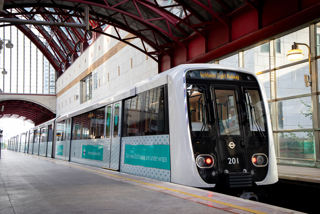
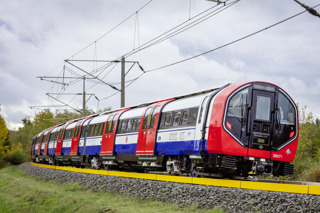
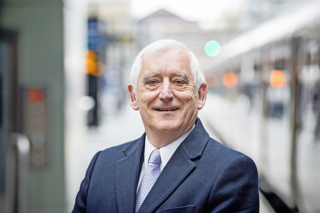
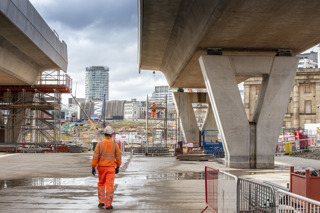
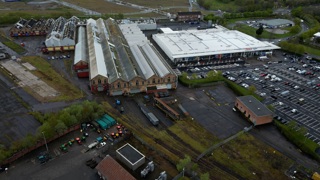











Login to comment
Comments
No comments have been made yet.